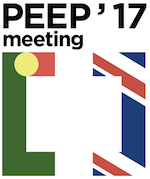Intercultural education and inclusion in English class
DOI:
https://doi.org/10.34630/sensos-e.v5i1.2525Keywords:
educação intercultural, iversidade linguística, cultural e religiosa, inclusão, picturebooks interculturaisAbstract
This article intends to discuss ways to make the education system more inclusive and the role of the English teacher in the development of attitudes of openness to the Other. In today's globalized society, the school should prepare students for interaction with people of multiple identities and to act as intercultural mediators. Thus, we argue that it is possible and desirable to develop intercultural communicative competence (ICC) in students in the first years of schooling, as they meet people from other cultural, linguistic and religious contexts on a daily basis, leading them to understand diversity as a factor of enrichment of society.
After this, we developed a project in a 3rd year class of the 1st Cycle of Basic Education (CEB), in a curricular English class, with the objective of developing the intercultural communicative competence anchored in three dimensions: knowledge, skills and attitudes. The analysis and interpretation of the data allowed us to conclude that the students: developed knowledge about languages and cultures and about the World; demonstrated openness and respect for the Other; they have developed creativity and inferential abilities; understood that the values that unite human beings are greater than those that divide them; demonstrated openness and desire to interact with the Other and were able to propose ways of welcoming and interacting with people from other linguistic and cultural communities.



